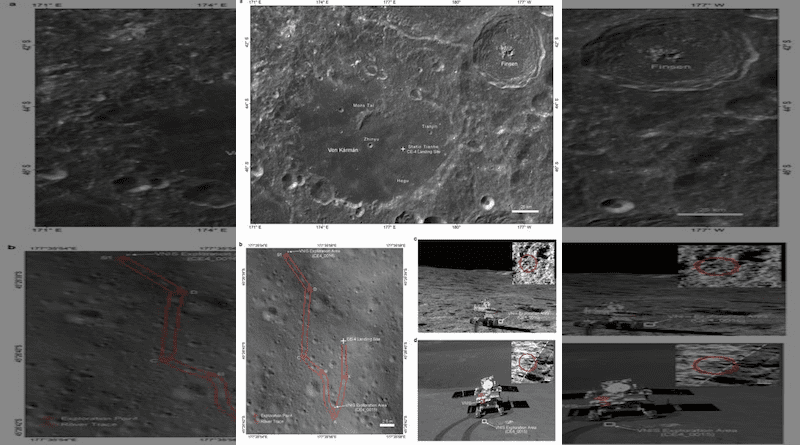Over The Moon: Dedication To Lunar Research Pays Off For China’s Chang’e Project
Since 2004, China has been pioneering many aspects of lunar exploration with the Chang’e project, of which all five missions were successful in obtaining new information about the Moon.
China has been leading the advancement of lunar research and understanding with their Chang’e project since 2004 with no signs of slowing down. The information obtained from Chang’e missions has given humans a much deeper understanding of the Moon, including the composition of its surface material, the Moon’s history and evolution, and mastering the three phases of unmanned lunar exploration: orbiting, landing, and returning. Gaining a more thorough understanding of the Moon and its components can help with establishing research facilities on the Moon to uncover more answers about Earth’s only satellite.
A review article on China’s lunar exploration was published in Science China.
With all five missions being a success, China has made a dent in what used to be “unknown” about the Moon. The first Chang’e mission uncovered some basic knowledge of the Moon’s specifications to make unmanned travel doable: successful orbiting of the Moon, landing, and returning is the first step in being able to get into the nitty-gritty of lunar exploration. With this first step being a success, Chang’e’s second mission was underway. This mission obtained information about the composition of lunar materials and a 3D image of the Moon’s topography.
“Lunar surface in-situ detection can expand and improve the global-scale research results in terms of detection accuracy and research depth, which promote the high integration of global knowledge and local precise understanding, and realize the sublimation of scientific and rational understanding,” said Prof. LI Chunlai, researcher and first author of the paper.
Subsequent missions obtained information on the distribution and thickness of the surface layer’s rocks, dust, and other materials (referred to as the “regolith” layer), the abundance and distribution of resources and elements, and the microwave properties of lunar soil.
“Lunar soil can record the radiation history of the Sun through its interaction with the solar wind, which provides a convenient way to study the exposure age of lunar material, the evolution of solar activity, and the influence of the Sun on the Earth’s climate change,” LI said.
Using microwave radiation, the surface of the Moon is visualized, and a correlation between lunar brightness temperature and material distribution was observed; there is also a topographical effect that comes into play, but ultimately the novel use of remote sensing technology gave researchers a complete picture of the surface of the Moon and some of its inner workings.
The informational waves made by the Chang’e missions may spur other breakthroughs to lead to an exponentially increased understanding of the Moon. Subjects that need more research include the elusive water ice found on the Moon as well as the Moon’s inner material composition; further investigation into the evolutionary history of the Moon is also an area where researchers are hoping to make a breakthrough. In Chang’e Mission 5, the lunar samples obtained opened new doors into exploring the early history of magmatism on the Moon, as that information may likely explain the distribution and composition of the Moon’s surface.
China aims to continue its research to further investigate the Moon, with plans to develop a lunar research station where materials and other aspects of “lunar living” can be studied on-site. With all the successes China has had with lunar technology, the future goal is to better understand the resources available on the Moon and how they are being (or can be) utilized. With a true understanding of the Moon’s environment, history, and processes, the sky is the limit on what humanity may be able to achieve when it comes to space and lunar exploration.

